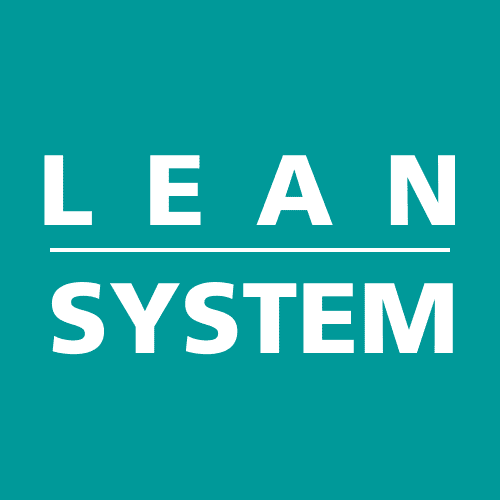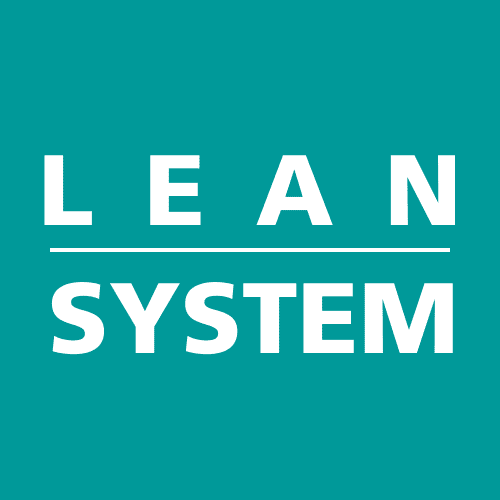As a business owner or manager, it's crucial to understand the internal and external factors that can affect your organization's success. By gaining a deeper understanding of the context in which your business operates, you can make informed decisions and take proactive measures to address potential challenges.
Section 1: Understanding the Organization and its Context
Understanding the organization and its context is crucial for any business to succeed. External and internal issues both play a significant role in shaping the context in which a business operates.
External issues refer to factors outside of the organization's control, such as legal, technological, competitive, market, cultural, social, and economic environments. For example, a business operating in a highly competitive market may struggle to differentiate itself from other similar businesses. A business operating in an area prone to natural disasters may face challenges in terms of maintaining continuity of operations.
Internal issues, on the other hand, refer to factors within the organization's control, such as values, culture, knowledge, and performance. For example, a business with a strong culture of collaboration may be able to innovate more effectively than a business with a more hierarchical structure. A business with well-trained employees who are skilled in their respective fields may be better equipped to deliver high-quality products or services.
Monitoring and reviewing information about these issues is critical for organizations to achieve their intended results. For instance, if a business identifies a trend of increasing competition in its market, it may choose to invest in research and development to create new products or services that stand out from its competitors. Alternatively, if a business identifies a gap in its employees' skills, it may choose to provide training or recruit new talent to fill the gap.
Section 2: External Issues
External issues refer to factors outside the organization that can impact its operations, success, and ability to achieve its goals. These factors can include legal, economic, technological, social, cultural, competitive, and market factors, among others. Here are some examples of how these external factors can impact your organization:
- Legal factors: Changes in laws and regulations can impact your organization's operations, and failure to comply with these laws can result in penalties and legal action. For example, a food processing company may need to comply with food safety regulations to avoid legal penalties and maintain consumer trust.
- Technological factors: Advances in technology can create new opportunities for your organization, but failure to keep up with these advances can result in falling behind competitors. For example, an e-commerce company that fails to invest in a user-friendly mobile app may lose customers to competitors with more advanced technology.
- Competitive factors: Competitors in your industry can impact your market share and profitability. For example, a retail store may need to offer competitive pricing and product selection to stay ahead of other retailers in the same market.
- Market factors: Changes in consumer demand, buying habits, and economic conditions can impact your organization's sales and profitability. For example, a car manufacturer may need to adjust production to meet consumer demand for electric cars and reduce reliance on gas-powered vehicles.
- Cultural and social factors: Societal trends and cultural changes can impact how consumers perceive and interact with your organization. For example, a fashion company may need to adapt to changing cultural attitudes towards sustainable and ethical fashion practices to maintain customer loyalty.
To address these external issues, organizations can conduct regular assessments and analysis of the external environment, monitor industry trends and consumer behavior, and develop strategies to stay ahead of the competition and adapt to changing conditions. By understanding these external issues, organizations can better position themselves for success in the marketplace.
Section 3: Internal Issues
Internal issues refer to factors within the organization's control, such as its values, culture, knowledge, and performance. These factors can have a significant impact on the organization's success. For example, if an organization has a culture that values collaboration and teamwork, it may be able to innovate more effectively because employees are encouraged to share ideas and work together towards a common goal. On the other hand, if an organization has a more hierarchical structure, where decisions are made by a few individuals at the top, it may be more difficult to foster innovation and creativity.
Another example of an internal issue is an organization's level of employee training and expertise. If an organization invests in its employees and provides them with the necessary training and resources, they may be better equipped to deliver high-quality products or services. For instance, a software development company with highly skilled developers may be able to create innovative and complex software solutions that set them apart from competitors. On the other hand, a company with poorly trained employees may struggle to meet customer expectations and compete effectively in the market.
By understanding these internal factors and taking steps to address them, organizations can improve their overall performance and achieve their intended results.
Regenerate response
Conclusion:
By understanding the organization and its context, both external and internal, you can better position your business for success. By monitoring and reviewing information about these issues, you can make informed decisions and take proactive measures to address potential challenges. By doing so, you'll be able to achieve the intended results of your quality management system and ultimately, meet the needs and expectations of your customers.

